Klamath Dams Take-Down
The Powerful Partnership of Science and Activism
"Science without activism is dead science.”
—Yvon Chouinard
There is some big news in the world of wild Pacific salmon and steelhead conservation lately. Just a couple of days before writing this column, the Environmental Protection Agency vetoed the proposed Pebble Mine in Alaska’s Bristol Bay region over concerns about violating the Clean Water Act. Although the Canada-based company, Northern Dynasty Minerals, Ltd., that proposed the mine is threatening to bring a lawsuit against the US federal government, most wild fish advocates believe the mine’s fate is sealed.
ALSO IN THIS ISSUE
• HATCHERY ROLE IN EXTIRPATION OF LAKE ONTARIO ATLANTIC SALMON
• UPPER WILLAMETTE BASIN’S LAST LEGACY WILD CHINOOK
• MCKENZIE RIVER DAM TO BE DECOMMISSIONED
• WILD SALMON RECOVERY MANAGEMENT FRAMEWORK AFTER DAM REMOVAL
This action has protected the Bristol Bay sockeye salmon run (56.5 million in 2019) and a fishery that is worth $1.5 billion and creates some 14,000 jobs, as well a supporting indigenous culture that relies on salmon. The operation would have occupied 20 square miles, a mile-long, 1,700-foot-deep mine, and a 10-square-mile containment pond filled with 10 billion tons of mining waste.
Arguably, the biggest news for wild fish was the recent sealing of a deal to finally remove four dams on the Klamath River — Iron Gate, COPCO 1 and 2, and J.C. Boyle — by the end of 2024. This opens 400 miles of the river’s best spawning and rearing habitat for salmon and steelhead previously blocked by the dams. It will be the largest dam removal project in the world to date. With the dams out, the Klamath’s long-absent wild salmon and steelhead will return to the upper basin.
What these two great victories for wild fish have in common is the application of scientific data in combination with unyielding activism against powerful corporate forces and bureaucracies.
Equally significant is the fact that a diverse group of people came together, with different views and values for wild fish, but recognizing their importance to everyone in their own way.
The coalition that worked to broker the Klamath dams removal agreement included scientists, wild fish advocates, commercial and recreational fishers, the Klamath River tribes and unaffiliated members of the general public. That combination of science, people and advocacy, who vowed to never give up, proved to ultimately be unstoppable.


